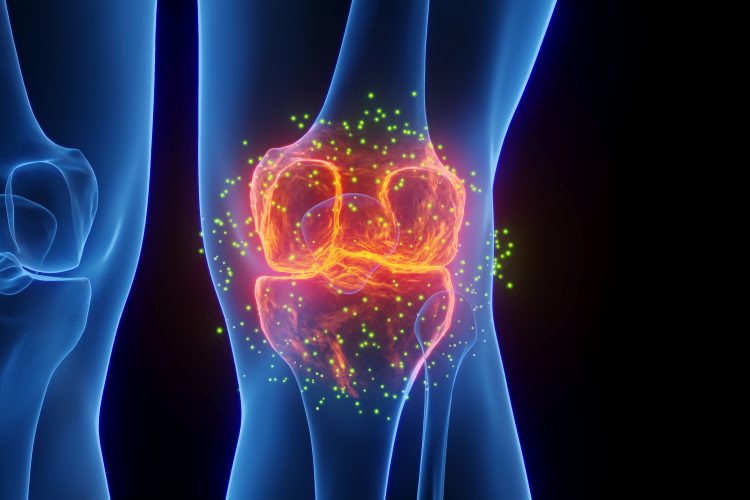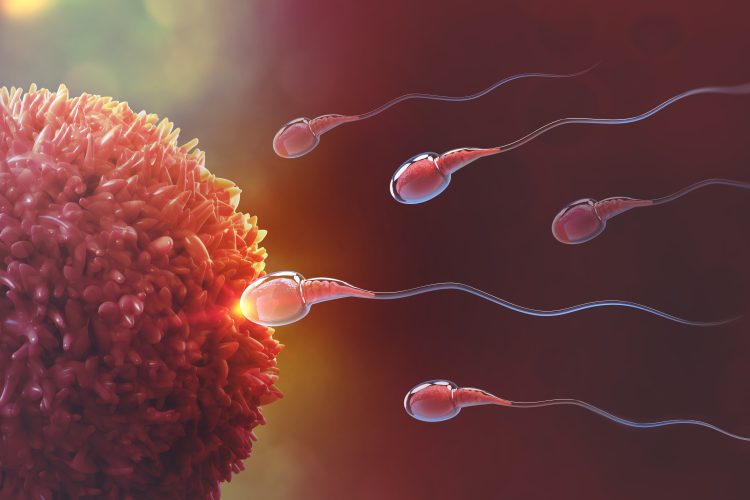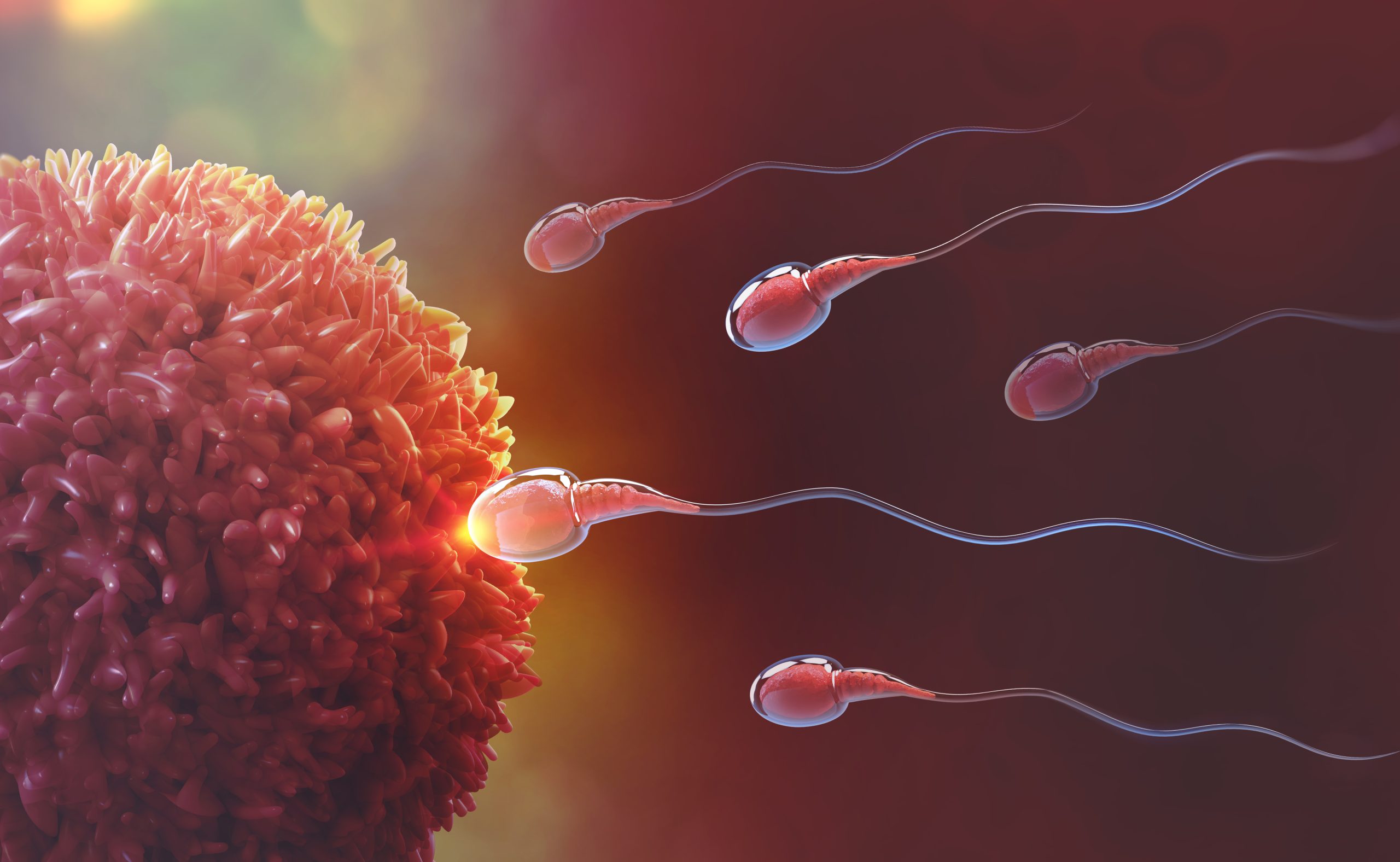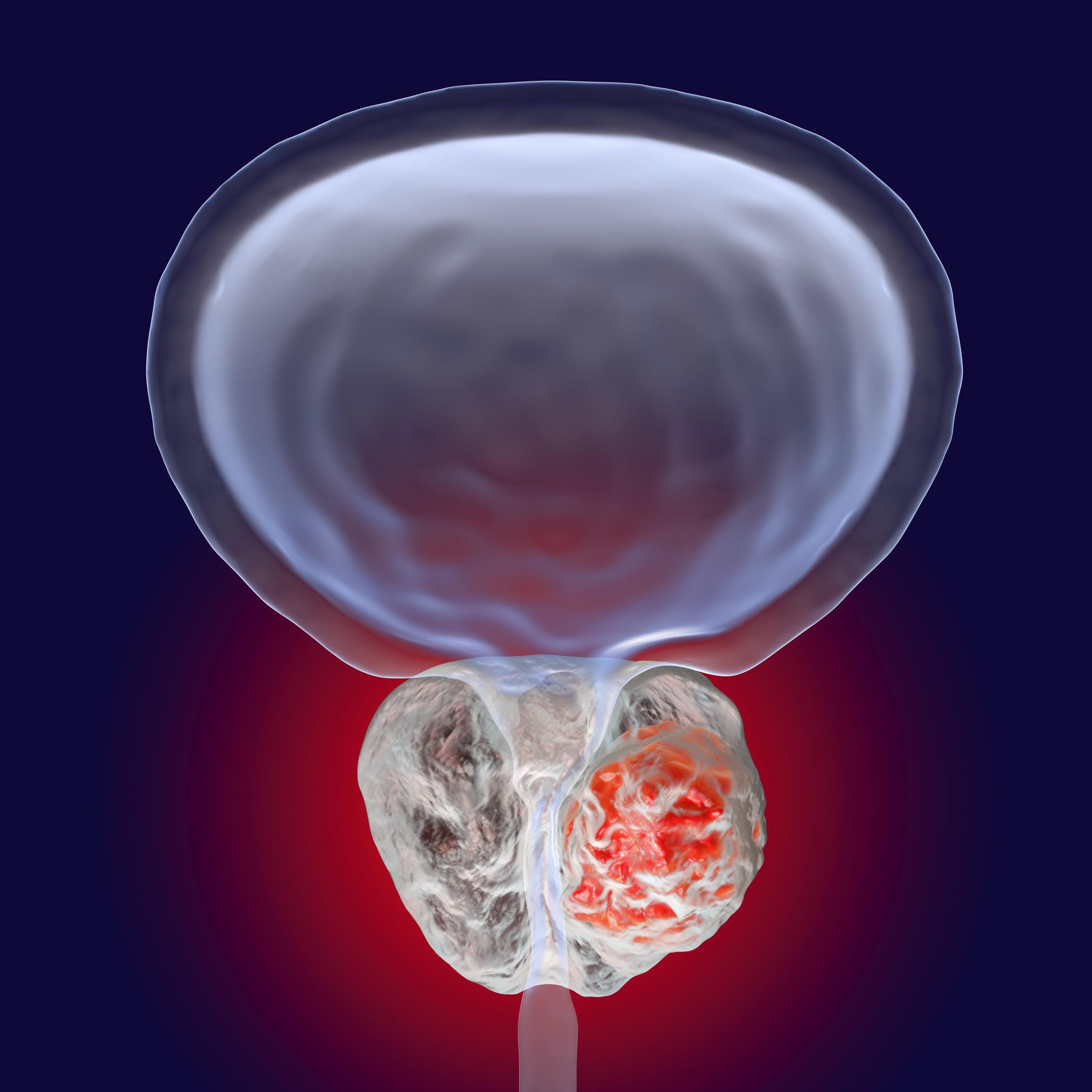New study reveals how bacteria ‘vaccinate’ with viral DNA
The discovery from researchers at Johns Hopkins Medicine reveals how bacteria use the CRISPR-Cas system to store viral DNA, enhancing their immunity against future infections, and potentially paving the way for new phage-based therapies
































